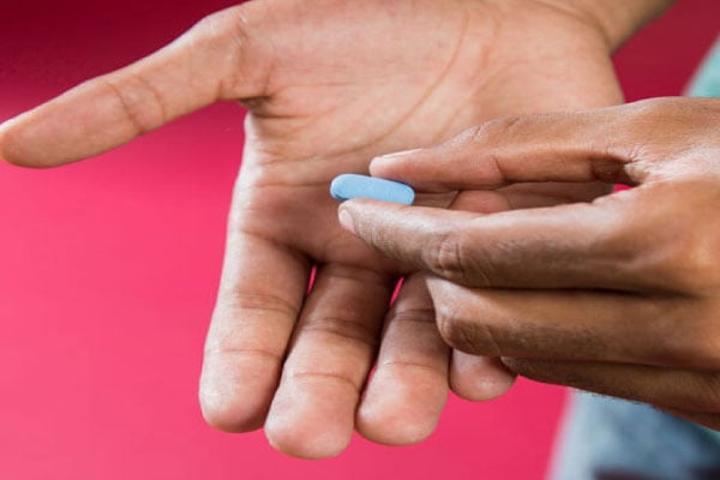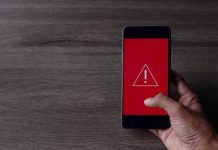Africa-Press – Cape verde. Unprotected sexual intercourse is the commonest way through which HIV/Aids is transmitted. One can get it from vaginal fluid and semen of the infected person. Other modes of transmission can include blood, breast milk, sharing needles and other sharp instruments especially for the people who use drugs.
In Uganda, about 70 percent of new HIV cases have been registered among adolescent girls and young women between the ages of 15 and 25, according to a study conducted by Uganda Aids Commission (UAC).
The high infection rates among women were attributed to, among others, inadequate information about prevention, gender based violence and rape.
About 35 girls below the age of 18, experience sexual violence everyday as per the report released by Uganda Police Force. “The annual crime report 2022,” focused on children that had experienced all forms of sexual violence such as rape, defilement and other sex-related offenses.
“In 2022, a total of 8,960 cases of defilement, 1,623 cases of rape were reported to Police compared to the 10,653 cases of defilement and 1,486 cases of rape reported in 2021 giving a 15.9 percent decrease in defilement and 9.2 percent increase in rape cases registered in the country,” the study reads in part.
The high rate of new infections and rape case in the country has driven actors in the health sector to seek an increase in access to the virus prevention tools as well as adequate information about prevention and stigma.
The role of PEP and PrEP
According to Dr Andrew Kazibwe, the head of medical services at The Aids Support Organisation (TASO) Entebbe, there are HIV preventive prophylaxis that can help in reducing the risk of HIV transmission.
The Post Exposure Prophylaxis (PEP) is a prevention drug which is given within 72hours from accidental exposure to risk of HIV such as unprotected sexual intercourse with someone who is positive or accidentally pricks themselves with a needle after pricking a person with HIV.
Victims of rape and commercial sex workers are the commonest beneficiaries of PEP. A health care worker may be prescribed PEP after a possible exposure to HIV at work, such as from a needle-stick injury. A condom can break with a partner of unknown HIV status or a partner with HIV who is not virally suppressed. The doctor will do an evaluation to help you decide whether PEP is right for you, and work with you to determine which medicines to take for PEP.
It is important to note that the person must know their HIV status and that of the perpetrator before they start taking PEP. If one is already positive, there is no need to take the drug.
He also cautions that the more hours you take from exposure to start on the drug, the less the benefit of PEP. About 90 percent of people who start taking PEP within the first day of exposure turn out to be negative after the treatment.
After starting PEP, Dr Kazibwe recommends a strong ARVs combination for a period of 30 days. During this time, he warns that one should not engage in sexual intercourse until they test again to find out if they are safe from the virus.
PEP is safe, but the HIV medicines used for PEP may cause side effects such as nausea in some people. In almost all cases, these side effects can be treated and are not life-threatening.
If you are taking PEP, talk to your health care provider if you have any side effect that bothers you or that does not go away or if you are taking any other drugs to avoid any drug interactions.
“PEP is freely available at all government health facilities including health centre IIs as well as church funded facilities,” says Dr Kazibwe warning that, “If you need PEP more than twice a year, you are on the wrong path because your exposure is predictable.”
PEP should be used only in emergency situations. It is not intended to replace regular use of other HIV prevention methods. If you feel that you might be exposed to HIV frequently, talk to your health care professional about PrEP (pre-exposure prophylaxis).
PREP
The Pre Exposure Prophylaxis is another prevention drug which is given before exposure to HIV. Hamza Ekony Montensen, an HIV counsellor at Dokolo Health Centre IV, says this drug is taken for as long as one thinks they are at risk.
Sex workers, truck drivers, negative women who have HIV positive partners who may visit and do not intend to use condoms use PrEP which is freely available at all health centres in Uganda.
He adds, “Discordant breastfeeding mothers are given PrEP to prevent her and the baby as well who is likely to be an exposed infant.”
An HIV negative baby at birth by a positive mother is given nevirapine syrup for 12 weeks within which the child is started on cotrimoxazole which takes up to one year where the mother is expected to continue taking her antiretroviral drugs still within that time.
Ekony says, “After every three months, we monitor viral load to check if mother is adhering well to medications. For a mother who is positive we put the child on nevirapine for three to 12 weeks. Within this time, we keep picking PCR in child in one month and three month we maintain this until child is 1year and two months.”
This mother to child prevention is monitored on every maternal visit for at least three months where the viral load is also monitored to check for drug adherence.
He shares, “After one year and two months, we do a final rapid test for the baby to check whether they are negative or positive for HIV, and if PCR is positive we just switch the baby to antiretroviral treatment since the child is exposed to HIV.”
Other interventions
The vaginal ring contains ARVs. It is inserted in the vagina of an HIV negative woman who is at risk of catching HIV to kill the virus on a monthly basis. Its drug concentration reduces with time requiring a change after a month whether one engages in sexual intercourse or not. It is freely available within research facilities such as TASO, Ministry of Health, IDI, FHI 360.
Depending on the nature of your risk, there is an injectable HIV control drug that is available through research. It is taken once a month and there after every two months. The challenge with this is its cost because a dose for a year costs Shs 10m. Another injectable drug only available through research is taken at a time interval of six months but is also expensive.
It is important to note that the safest methods of preventing HIV is through abstinence, being faithful to your sexual partner and correctly using condoms.
For More News And Analysis About Cape verde Follow Africa-Press






